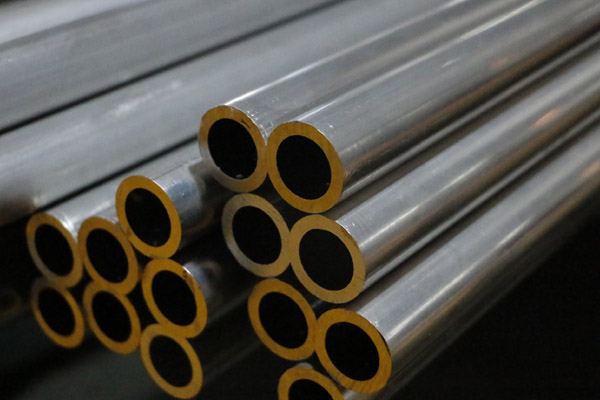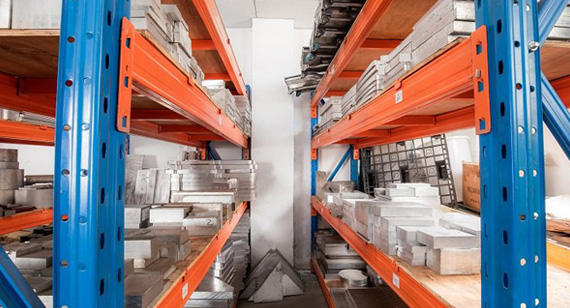15 years one-stop China custom CNC machining parts factory

Hey there I’m VMT Sam!
With 25 years of CNC machining experience we are committed to helping clients overcome 10000 complex part-processing challenges all to contribute to a better life through intelligent manufacturing. Contact us now
 543 |
Published by VMT at May 16 2024
543 |
Published by VMT at May 16 2024
I. Introduction
In the field of CNC machining parts manufacturing, cast iron and steel are two common metal materials, each with unique physical and chemical properties, widely used in various industrial projects. This article provides a comprehensive introduction to cast iron and steel, comparing their differences and respective advantages and disadvantages in order to assist readers in making the right material choices for their projects.
II. What is Cast Iron?
Cast iron is an iron-carbon alloy with a carbon content greater than 2%, mainly composed of iron, carbon, and silicon. Cast iron is produced through a casting process, with excellent casting performance, allowing for the production of parts in various complex shapes. Cast iron exhibits good shock absorption, wear resistance, and machinability, and is cost-effective, thus finding widespread applications in machinery, automotive, and shipbuilding industries.
III. What is Steel?
Steel is an iron-carbon alloy with a carbon content ranging from 0.02% to 2.11%, and its chemical composition can be adjusted to meet the performance requirements of different fields. Steel features high strength, toughness, good plasticity, weldability, excellent corrosion resistance, and wear resistance. As a fundamental material in modern industry, steel is widely used in construction, bridges, machinery, automobiles, and shipbuilding.

IV. Cast Iron vs. Steel: What are the Differences?
Cast iron and steel exhibit significant differences in chemical composition, microstructure, and properties. Cast iron has a higher carbon content, with carbon existing in the form of graphite, resulting in lower toughness and ductility but good shock absorption and wear resistance. In contrast, steel has a lower carbon content, with carbon existing in the form of solid solution, resulting in higher strength, toughness, and good plasticity and weldability. Additionally, the production process for cast iron primarily involves casting, while steel production includes smelting, rolling, and other processes.
V. Cast Iron vs. Steel: Which One to Choose?
When choosing between cast iron and steel as project materials, it is necessary to consider the specific requirements of the project. Here are some suggestions:
If the project requires high shock absorption and wear resistance for parts, and the requirements for strength and toughness are relatively low, cast iron may be the better choice. For example, cast iron materials can be selected for parts such as bases and brackets in machinery equipment.
If the project requires high strength and toughness for parts, and needs to withstand large loads and impacts, steel may be the better choice. For example, key components such as building structures, bridges, and automotive frames should be made of steel.

VI. Pros and Cons of Cast Iron
Pros:
Excellent casting performance: Cast iron has good fluidity, allowing for the production of parts in various complex shapes.
Good shock absorption: The graphite structure in cast iron effectively absorbs vibration energy, reducing noise and vibration.
Good wear resistance: Cast iron has high hardness and wear resistance, suitable for manufacturing parts that need to withstand wear.
Low cost: The production cost of cast iron is relatively low, reducing project costs.
Cons:
Poor toughness and ductility: The graphite structure weakens the matrix performance, resulting in poor toughness and ductility of cast iron.
Prone to defects such as pores and inclusions: Cast iron is prone to defects such as pores and inclusions during the casting process, affecting the performance and service life of parts.
VII. Pros and Cons of Steel
Pros:
High strength and toughness: Steel has high strength and toughness, capable of withstanding large loads and impacts.
Good plasticity and weldability: Steel has good plasticity and weldability, making it easy to process and shape.
Excellent corrosion resistance and wear resistance: Steel can improve its corrosion resistance and wear resistance by adding alloying elements such as stainless steel.
Cons:
High cost: The production cost of steel is relatively high, which may increase project costs.
Prone to thermal deformation: Steel is prone to thermal deformation at high temperatures, requiring corresponding measures for prevention and control.
VIII. Choosing VMT for Metal Casting Services
As a professional CNC machining service provider, VMT CNC Machining Factory has extensive experience in cast iron and steel CNC machining. We have advanced CNC machining equipment and technology to provide customers with high-quality cast iron CNC machining parts and steel CNC machining parts. We focus on product quality and customer service, committed to providing customers with satisfactory metal casting services.

IX. Conclusion
Cast iron and steel, as important materials in the field of CNC machining, each have unique advantages and disadvantages. When choosing materials, it is necessary to comprehensively consider the specific requirements and performance requirements of the project. At the same time, choosing a professional CNC machining factory for cooperation can ensure that the quality and performance of parts meet the requirements of the project. VMT CNC Machining Factory, as your reliable partner, will provide you with high-quality metal casting services.
X. FAQs for Cast Iron and Steel CNC Machining Parts
Q: What are the differences between cast iron and steel in CNC machining?
A: Cast iron has good machinability in CNC machining but is prone to defects such as pores and inclusions during the casting process, while steel requires attention to controlling issues such as thermal deformation and work hardening during CNC machining.
Q: What are the cost differences between cast iron and steel?
A: The production cost of cast iron is relatively low, while the production cost of steel is higher. Therefore, under the same performance requirements, the cost of cast iron parts may be lower than that of steel parts.
Q: How to choose between cast iron and steel as project materials?
A: When choosing materials, factors such as specific project requirements, performance requirements, and cost budgets should be comprehensively considered. If the project requires high shock absorption and wear resistance but relatively low strength and toughness, cast iron may be the better choice. If the project requires high strength and toughness and needs to withstand large loads and impacts, steel may be the better choice.
Ready To Start Your Next Project?
Get Instant Quote

Request a Free Quote
Send us a message if you have any questions or request a quote. We will get back to you ASAP!